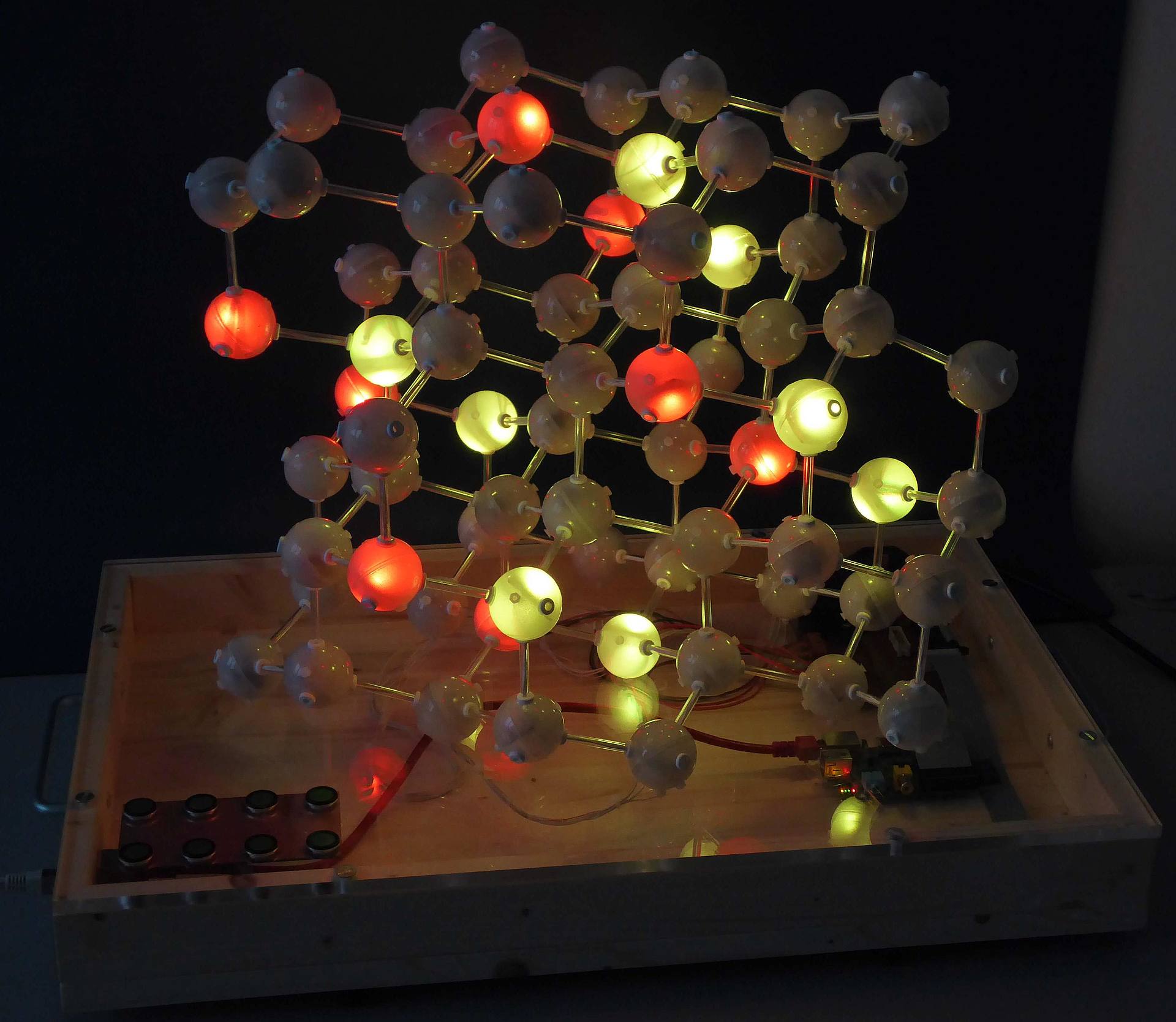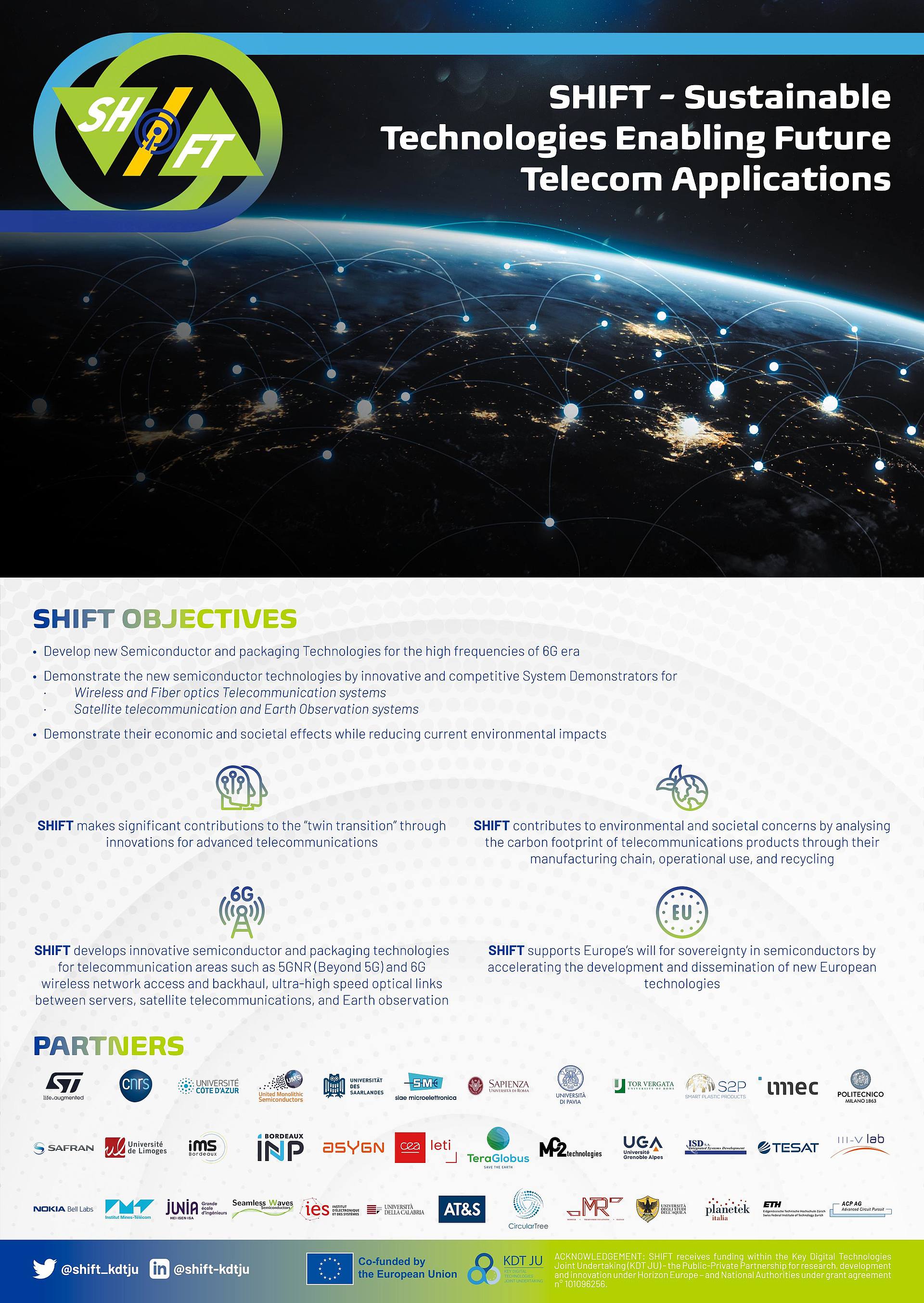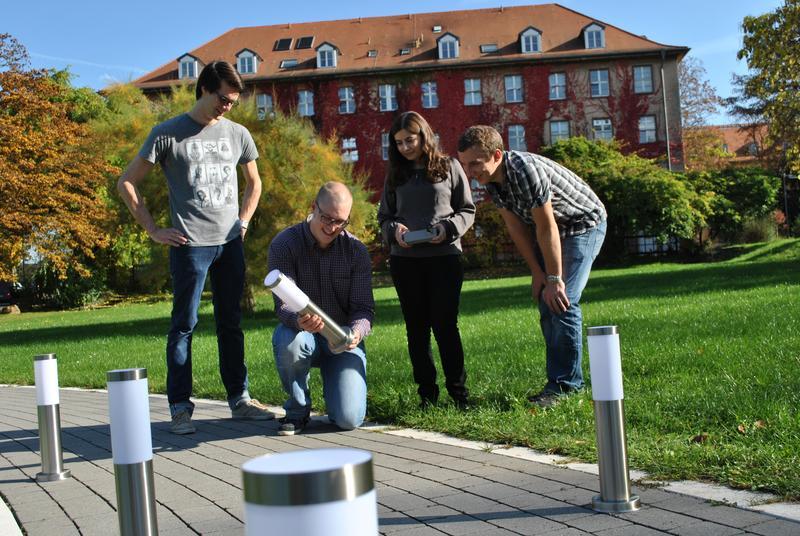Herzlich Willkommen am Lehrstuhl!
Aktuelles - Studium
__________________________________________________________________________________________________________________________________
24.09.2025
Klausur Schaltungstechnik, Elektrische Netzwerke, Elektronische Schaltungen am 08.10.2025: Eine Fragestunde hierzu findet am Mittwoch, den 1. Oktober 2025 um 10.00 Uhr c.t. in Gebäude C6 3, OG 9, Seminarraum 9.05, statt.
23.09.2025
Klausur Grundlagen der Elektrotechnik II am 06.10.2025: Eine Fragestunde hierzu findet am Montag, den 29. September 2025 um 14 Uhr c. t. in Gebäude C6 3, OG 9, Seminarraum 9.05, statt.
08.09.2025
Aufgabenstellung für die Ausarbeitungs-Prüfung in Elektronische Systeme für das Sommersemester 2025.
Die genauen Modalitäten finden Sie auf der ersten Seite. Bitte beachten Sie, dass eine Anmeldung in LSF bis zum 15. September 2025 um 23:59 Uhr notwendig ist!
Aufgabenstellung: siehe hier.
30.07.2025
Prüfung Elektronische Systeme im Sommersemester 2025
Die Aufgabenstellung zur Ausarbeitung wird am 8. September 2025 auf der EuS-Homepage und in MS-Teams veröffentlicht. Damit beginnt die Bearbeitungszeit.
Eine verbindliche Anmeldung zur Prüfung in LSF ist erforderlich! Die Anmeldefrist endet am 15. September 2025 um 23:59 Uhr.
Die Bearbeitungsdauer beträgt ca. vier Wochen und endet am 6. Oktober 2025 um 23:59 Uhr.
Später eingegangene Ausarbeitungen werden nicht bewertet.
15.07.2025
Auswertungsbericht Lehrevaluierung Grundlagen der Elektrotechnik II, Sommersemester 2025.
04.07.2025
Vorlesungsankündigung für das Wintersemester 2025/2026 siehe hier.
22.05.2025
Prüfungsankündigung: (Nach-)Klausur Physikalische Grundlagen, (Nach-)Klausur Elektronische Systeme sowie Klausur Grundlagen der Elektrotechnik II, Klausuren Schaltungstechnik, Elektronische Schaltungen, Elektrische Netzwerke siehe hier.
Info-Archiv
__________________________________________________________________________________________________________________________________
Aktuelles - Forschung
__________________________________________________________________________________________________________________________________
SHIFT Sustainable Technologies Enabling Future Telecom Applications
The SHIFT Project aims to make important contributions to the two aspects of the European "twin transition" strategy, i.e. green and digital. The "digital" transition that concerns all economic and social sectors, will lead to a considerable growth in data exchange and storage, and could have a major impact on the "green" transition through the energy consumption of the telecommunication networks and data storage centers. Therefore, innovative solutions and breakthroughs in energy efficiency must be developed to prevent digitization from having negative impacts on energy consumption and global warming.
The SHIFT project aims to make important contributions on the two aspects of the "twin transition", through innovations in component and system technologies for advanced telecommunications. SHIFT will develop innovative semiconductor and packaging technologies and their validation with demonstrators for telecommunication areas such as 5GNR (Beyond 5G) and 6G wireless network access and backhaul, ultrahigh speed optical links between servers, satellite telecommunications and Earth observation. SHIFT will also contribute to environmental and societal concerns, with analysis of the life cycle of telecommunications products, through their manufacturing chain, their operational use and their recycling. Furthermore, the SHIFT project wants to respond to Europe's will for sovereignty in semiconductors, by accelerating the development and dissemination of new European technologies and by enabling many young engineers and researchers to train and develop their skills on these technologies.
Saarland University contributes to these goals by introducing a novel concept of analog multiplexing to combine the output data-rates of the digital-to-analog converters in the existing highspeed data-transport infrastructure. Thereby, the existing optical links inside and between data-centers can be kept, saving energy and material, while the data-rates of the links can be significantly increased. The analog multiplexer will be designed by the Electronics and Circuits group of Prof. Michael Möller, whose research is focused on the design of integrated high-speed circuits that operate at the feasibility limit of the underlying technology. This meets exactly the challenge of the analog-multiplexer design in SHIFT. In particular, the team aims to develop an analog multiplexer with an 8-bit resolution that pushes the state-of-the-art by almost 70% to a record sampling rate of 200 GS/s.
Auszeichnung für EuS-Studenten!
Mechatronisches Projekt 2013 - Lichtanlage für Reha-Sport
Sascha Schmitt (kniend), Evîn Zerey und Tom Gorges (r.) testen die Lichtsignal-Anlage, die Reha-Sportlern die Trainingsgeschwindigkeit anzeigt. Benedikt Gerber (l.) betreute die Studenten im Projekt.
High-Speed Si-Photonics - Click to watch video
(2,2,0)-Ebene (1,0,0)-Ebene Elementarzelle (Quader) Elementarzelle (Quader)
Ansteuerung eines Tesla-Trafos
Neugier > Idee > Aufgabe > Projekt > Ergebnis > Erfolg!
Am Anfang steht die Idee - daraus folgen Recherche, Berechnung und Simulation. Aufbau, Messung und Inbetriebnahme runden das Projekt ab.Unser Bildband zeigt, dass das Studium Systems Engineering nicht nur 'trockene Theorie' ist, sondern die Möglichkeit zur praktischen Anwendung bietet.

Am Lehrstuhl für Elektronik und Schaltungstechnik entwickelter Demonstrator zur Illustration der Kristallstruktur von Silizium.













